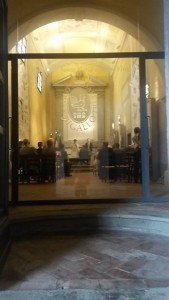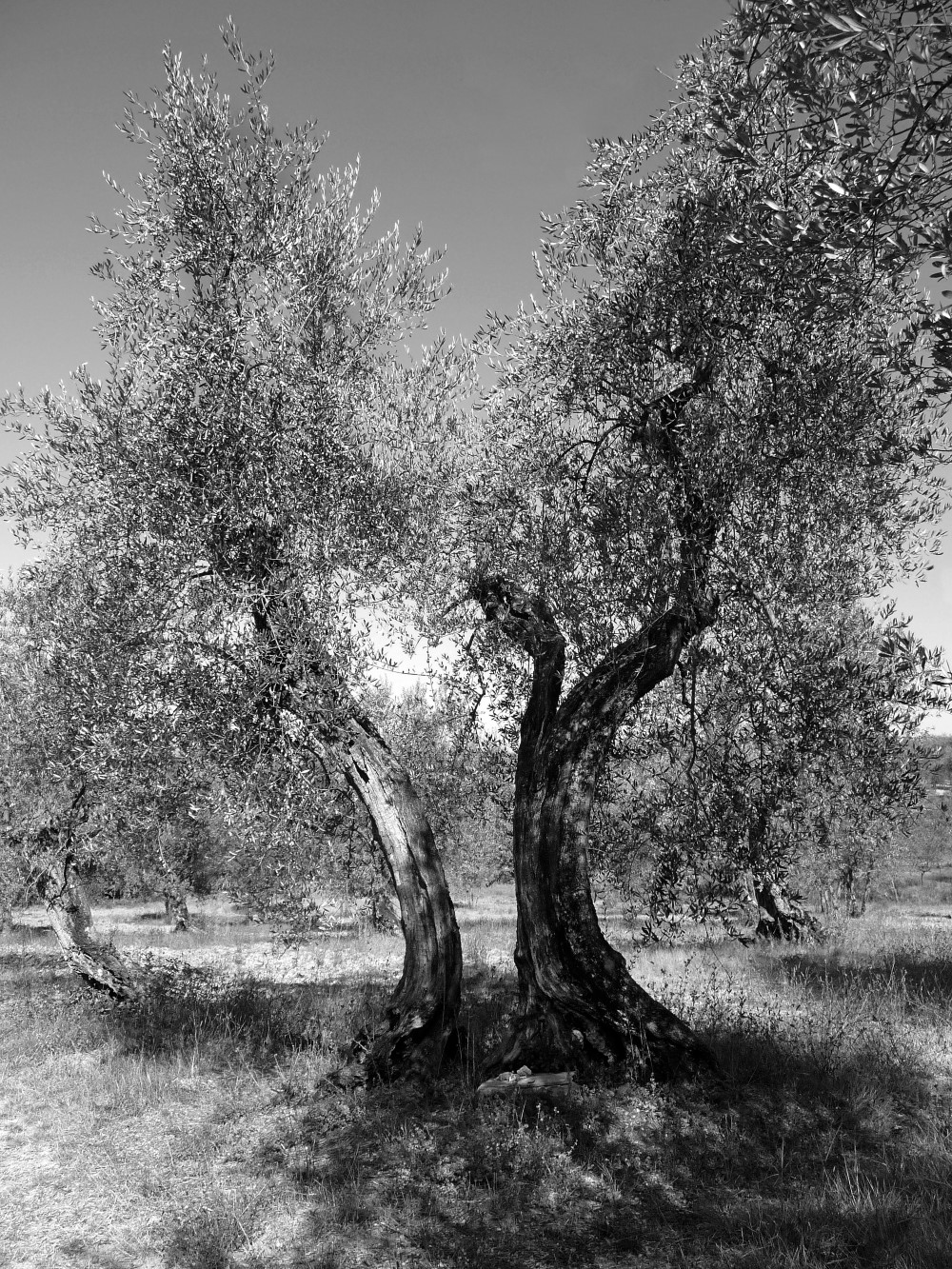
Description
The chapel, surmounted by a bell tower and lit by two windows facing the street, is accessed from a nice portal inside the building, just to the left of the main gate.
The Oratory already existed in 1250. Its present appearance is due to the numerous restorations made in the seventeenth century. Archival documents tell us that, in the mid-seventeenth century, the nuns carried out the first expenses for work in the choir, in the church and in the sacristy, which was completed in 1669.
In the eighteenth century other works were carried out that enlarged and embellished the entire oratory, where, from 1651, relics were preserved such as the body of Sant’Adriano and, from 1751, the image of the Madonna del Buon Consiglio (Our Lady of Good Counsel). With the suppression of the monastery the chapel was closed for worship. But in the mid-nineteenth century the Zampini family, who had bought the former monastery, provided for its reopening. More recently it was again closed and abandoned. Immediately after the Second World War it was used as a shelter and home to some displaced persons to whom the locals gave the nickname: ‘quelli di Cappella’ (those of the Chapel’).
In the fifties of the twentieth century it was reopened to worship thanks to the interest of the common people and the parish priest of San Quirico a Ruballa, who has celebrated Mass there on Sunday morning for more than a decade. Around 1960 some maintenance and repair works were carried out in the chapel, consisting of general cleaning, with coats of white paint, and the shifting of the main altar. In the central wall the painter Giuseppe Mazzon (1912-1997) frescoed the figures of two kneeling angels. The artist dubbed by locals “the Painter”, lived during those years precisely in the Bigallo Hospital.
Abandoned once again, the Chapel was recently restored and converted into a conference room.
How to get
[mapsmarker marker=”229″]







